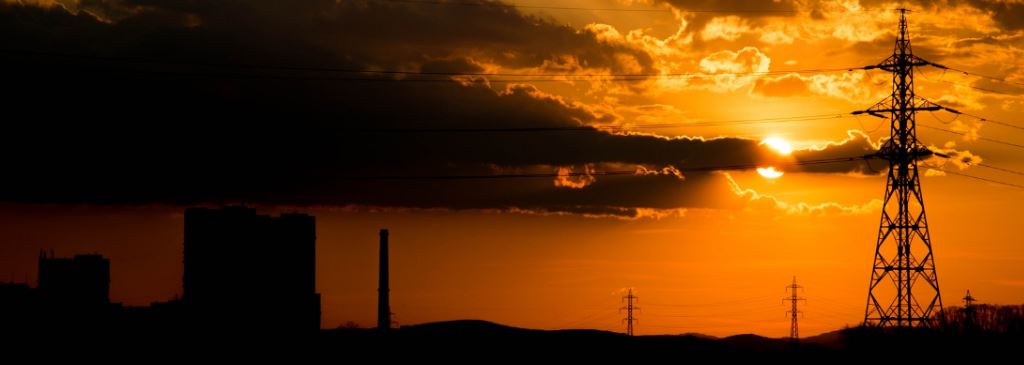The continued wailing and gnashing of teeth from utilities across the country, which often presages usurious demand charges, draconian reforms of net-metering and other attempts to stifle the solar industry, has long signaled that these all-powerful cogs in the 19th Century electrical grid machine aren’t sure what their role is in an electricity market that is moving away from centralized distribution to a more complex distributed generation model.
Well, the Smart Electric Power Alliance (SEPA) hopes the latest phase of its 51st State Initiative can help smooth that transition.
To that end, the group has issued a call for papers designed to answer questions that are central to helping utilities find their footing, including:
- In the face of rapid, technological change, does utilities’ longstanding “natural monopoly” on power distribution provide the economic and social value as originally intended? What parts should or should not be maintained?
- As new distributed technologies are integrated onto the grid, where and on what levels should utilities be allowed to compete? Should utilities be allowed to own specific distributed devices, such as smart meters, inverters or electric vehicle charging infrastructure?
- With evolving business and regulatory models, who will be the electric power provider of last resort, and what will that mean on a distributed grid?
“Utilities must evolve to meet ever-changing customer wants and needs,” said Courtney McCormick, vice president of renewables and energy solutions at New Jersey-based Public Service Electric and Gas Co. “But without clarity on what is in-bounds and what is out-of-bounds, customers will not receive maximum benefit because the electric power sector can’t respond to their demands as quickly or fully as possible.”
Submissions are due no later than Sept. 22, just nine days after Solar Power International ends, the trade show co-sponsored by the Solar Energy Industries Association and SEPA. Potential participants must let SEPA know they plan to submit a paper no later than Aug. 18. Complete guidelines are available at SEPA51.org.
“We know that these are complex issues that likely have no definitive answers,” said Tanuj Deora, SEPA’s chief content officer. “But lack of clarity about utilities’ future role in the industry means some companies are delaying or simply not making core investments in grid modernization, distributed technologies and organizational change that can provide the foundation and momentum for ongoing transition.”
This content is protected by copyright and may not be reused. If you want to cooperate with us and would like to reuse some of our content, please contact: editors@pv-magazine.com.








By submitting this form you agree to pv magazine using your data for the purposes of publishing your comment.
Your personal data will only be disclosed or otherwise transmitted to third parties for the purposes of spam filtering or if this is necessary for technical maintenance of the website. Any other transfer to third parties will not take place unless this is justified on the basis of applicable data protection regulations or if pv magazine is legally obliged to do so.
You may revoke this consent at any time with effect for the future, in which case your personal data will be deleted immediately. Otherwise, your data will be deleted if pv magazine has processed your request or the purpose of data storage is fulfilled.
Further information on data privacy can be found in our Data Protection Policy.